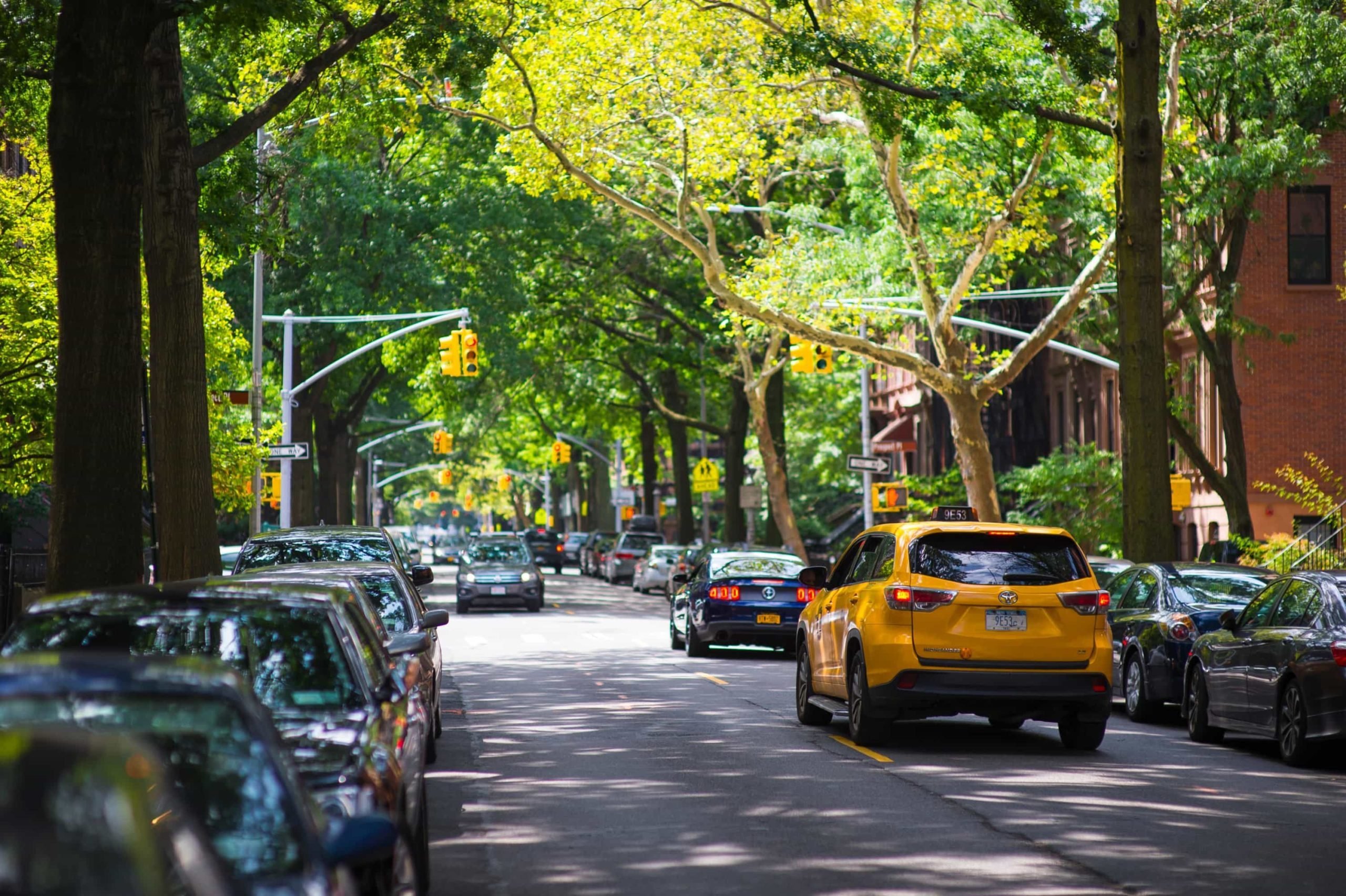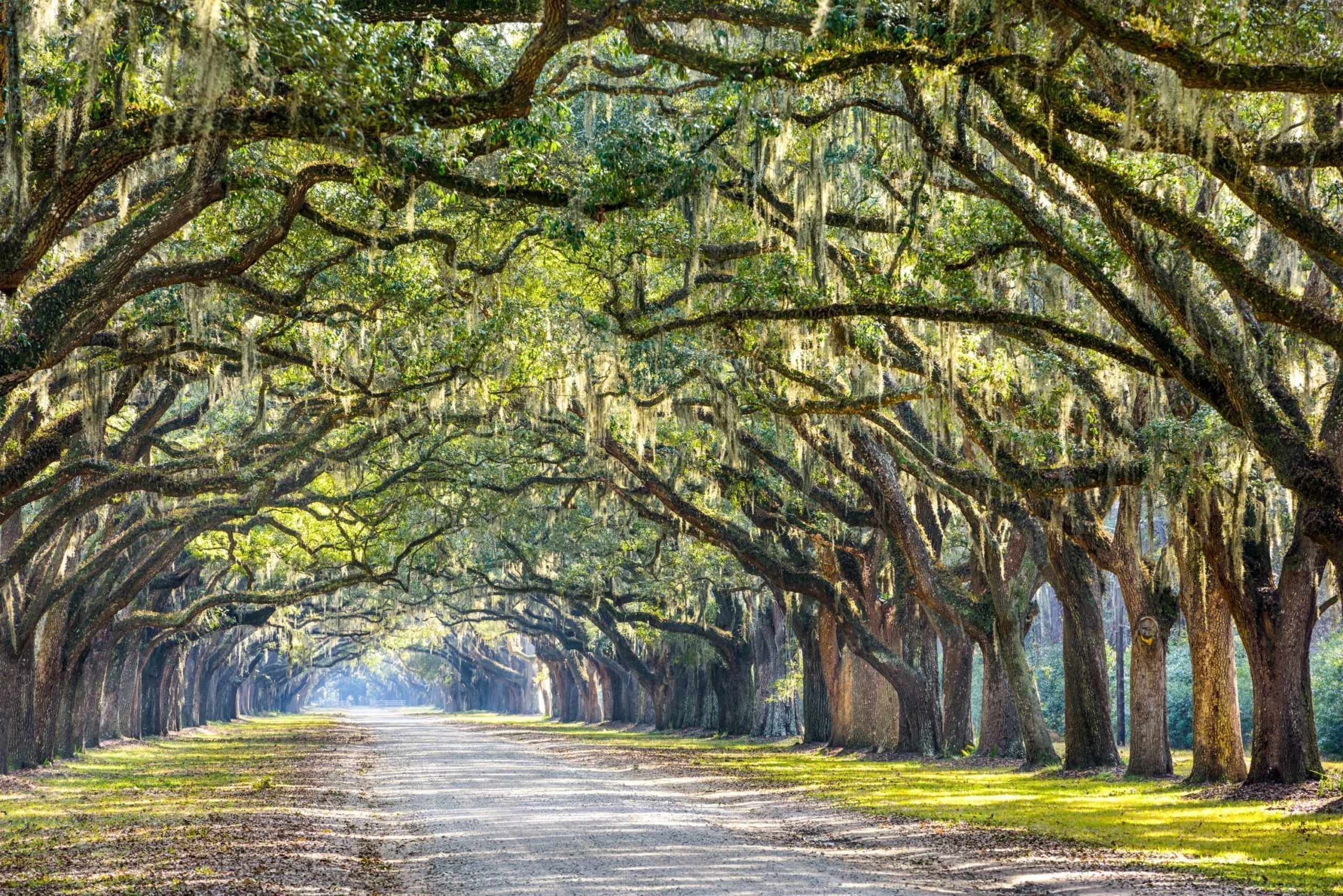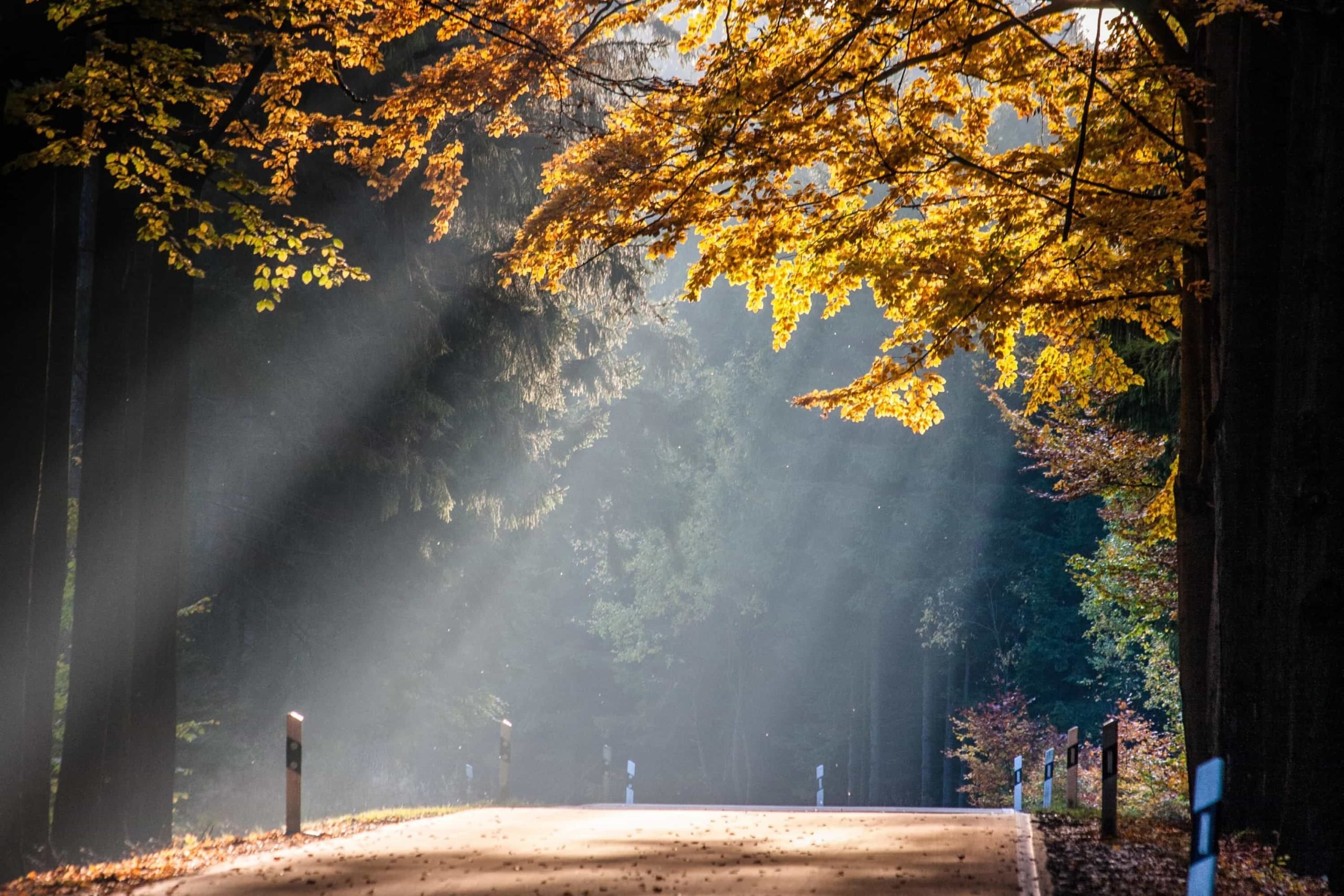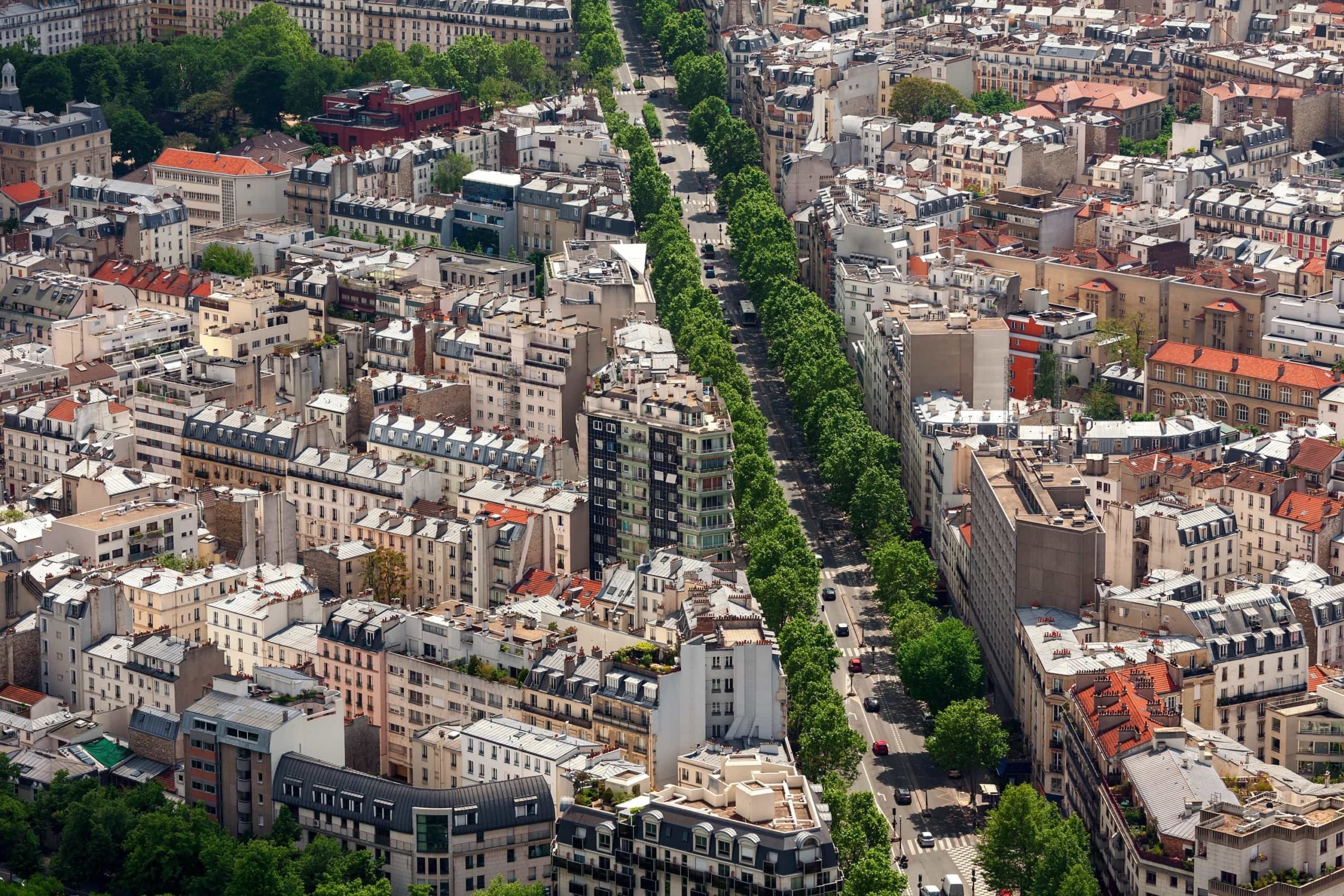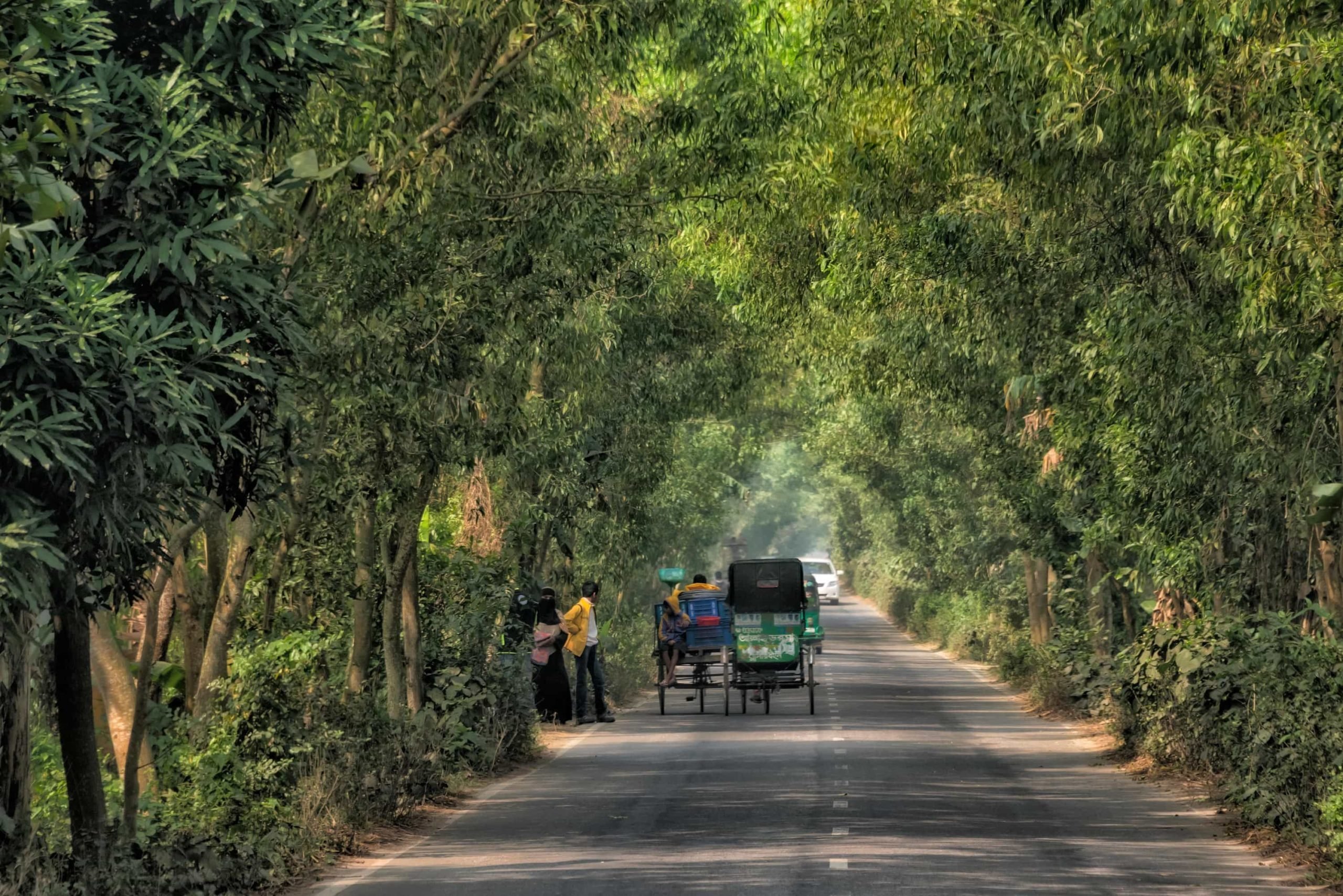Living cities

What’s one of the best ways to keep our cities and towns cool?
Nope, it’s not air conditioning. It’s trees.
According to Dr Tony Matthews, Senior Lecturer in the School of Environment & Science and the Cities Research Institute, Griffith University, trees are an incredibly effective way to manage heat.
“Urban trees offer many functions beyond the aesthetic,” Tony says.
“They provide shade and can substantially lower urban temperatures. Trees can naturally cool buildings, reducing demand for air conditioning. They improve storm water management, provide habitat for wildlife, remove pollutants from the air and contribute to improved mental and physical health outcomes among urban dwellers.
“Best of all, urban trees provide these valuable functions while looking beautiful and offering us a direct connection to the natural world. If you’re lucky, you live in a city with plenty of trees, distributed generously from the urban core to the outer suburbs. Some Australian urban residents already enjoy this. Unfortunately, most live in cities with significant room for improvement.”
According to Planet Ark’s The Tree Report 2019, Hobart is the most tree-filled capital city in the country, with an impressive 59% of the Tasmanian capital covered by tree canopies. Brisbane, at 49 per cent, and Darwin, at 28 per cent, make up the top three cities while Melbourne and Sydney, Australia’s biggest and most populous cities, took out the bottom two positions, at 13 per cent and 15 per cent respectively.
According to Tony, in terms of public health, heat is the largest natural cause of most deaths. It targets especially vulnerable groups – the elderly, children, parents with prams.
“Trees help to regulate ambient temperatures in our urban environment,” Tony says.
“Extreme heat is the most dangerous climate change impact facing all Australians, with heat stress now accounting for more deaths than cyclones, floods, bushfires and storms combined.
“Researchers have found that green infrastructure, such as street trees and parkland, can significantly reduce direct and ambient temperatures in the urban environment, which will be crucial in a warming world. Just a 5 per cent increase in tree cover can reduce daytime temperatures by as much as 2.3°C.”
It is therefore expected that urban greening can substantially improve the resilience of cities to climate change, potentially cooling cities by up to 8°C in summer while also alleviating the impacts of flooding and providing shelter from extreme weather events.
The provision of trees and green spaces can also help to reduce thermal inequity and eco-gentrification, new areas of study that will only increase in relevance as our world heats up.
People who live in urban environments are particularly susceptible to Urban Heat Islands (UHI), which are created in built up areas through storage and reflection of the solar radiation from building and construction materials.
As a result of uneven social geographies, urban heating disproportionately impacts lower income and ethno-racially marginalised populations – a phenomenon termed ‘thermal inequity’.
Poorer suburbs are often dense with much lower levels of greenery, and residents consequently suffer more heat stress than people living in areas with a greater concentration of green spaces.
In essence, thermal inequity describes the concentration of poorer people in hotter places. Carefully planned urban greening is seen as a key measure for addressing thermal inequity by providing trees and green spaces where they are needed most.
There is a vast amount of scientific evidence pointing to the propensity for trees to make us feel happy and improve our wellbeing. This is related to the biophilia hypothesis, which suggests that humans possess an innate tendency to seek connections with nature and other forms of life.
In improving our health and wellbeing, urban trees and greenspaces also present numerous social benefits encouraging greater connectivity and cohesion amongst residents.
Firstly, trees provide a great number of positive impacts on our physical health. Through provision of spaces for physical activity, time in nature has been proven to reduce a person’s chances of developing a range of diseases, including diabetes by 43 per cent, cardiovascular disease and stroke by 37 per cent and depression by 18-23 per cent.
Indeed just 10 minutes relaxing outside has proven to significantly reduce blood pressure. Trees and other plants also have an exceptional ability to capture and filter multiple air pollutants, with one study showing just one large healthy tree can absorb and remove around 1.4kg of air pollution over the course of a year.
Climate change represents the single greatest threat to human civilisation, with the United Nations describing it as the “defining issue of our time”. Since the industrial revolution humans have been responsible for directly contributing to increased concentrations of greenhouse gases in Earth’s atmosphere, resulting in effects ranging from shifting weather patterns to rising sea levels and increased risk of natural disasters.
There is a range of ways through which trees can help our cities mitigate the worst effects of climate change, including many temperature and water management mechanisms.
Most significantly however, we can look to the process of photosynthesis undertaken by all members of the plant kingdom, through which carbon dioxide is absorbed from the atmosphere and oxygen is produced as a by-product.
Due to this process, trees act as carbon sinks, meaning increasing tree canopy cover can help to mitigate the effects of climate change by sequestering carbon from the atmosphere while also maintaining suitable levels of oxygen in our urban environment. The carbon removed from the atmosphere is then stored within the biomass of the trees themselves.
One study carried out in Chicago found that small healthy trees are estimated to sequester around 1kg of carbon from the atmosphere each year, whilst very large healthy trees can sequester up to an incredible 93kg of carbon every year.
These results are echoed by a more recent study on carbon sequestration in the urban forests of Alabama. The research project found the average carbon sequestration per tree ranged from 3kg/year for very small trees to over 50kg/year on average for trees with a diameter of over 77cm.
This is why responsibly sourced timber is known as The Ultimate Renewable™ and is one of the most environmentally friendly building materials on the market. Unlike other mainstream building materials, wood is from trees that are managed to be planted, grown and harvested in a cycle, without depleting our planet’s resources This applies to both single-species plantations and multi-species forests.
Trees are not only critical for the health and wellbeing of humans in the environment, but also the many bats, birds, insects and mammals that we share our cities with.
A growing body of research shows urban areas can contain surprisingly high levels of biodiversity, including many endangered species that have grown to rely on urban greenery. This is because the ecosystem services trees provide, including cooling local climates, absorbing excess soil nutrients, reducing runoff and providing shelter, are just as important for other animals as they are for us.
Large urban trees in particular are considered ‘keystone structures’ as they provide the habitat and resources critical for the survival of other flora and fauna in the area.
Increasing the amount of green spaces within our cities therefore increases the potential of our cities to safeguard and even promote biodiversity, particularly if urban planners pay particular focus to increasing tree coverage.
- Find out why they call wood The Ultimate Renewable™ at Make It Wood
- Brought to you by Planet Ark’s Make it Wood.
